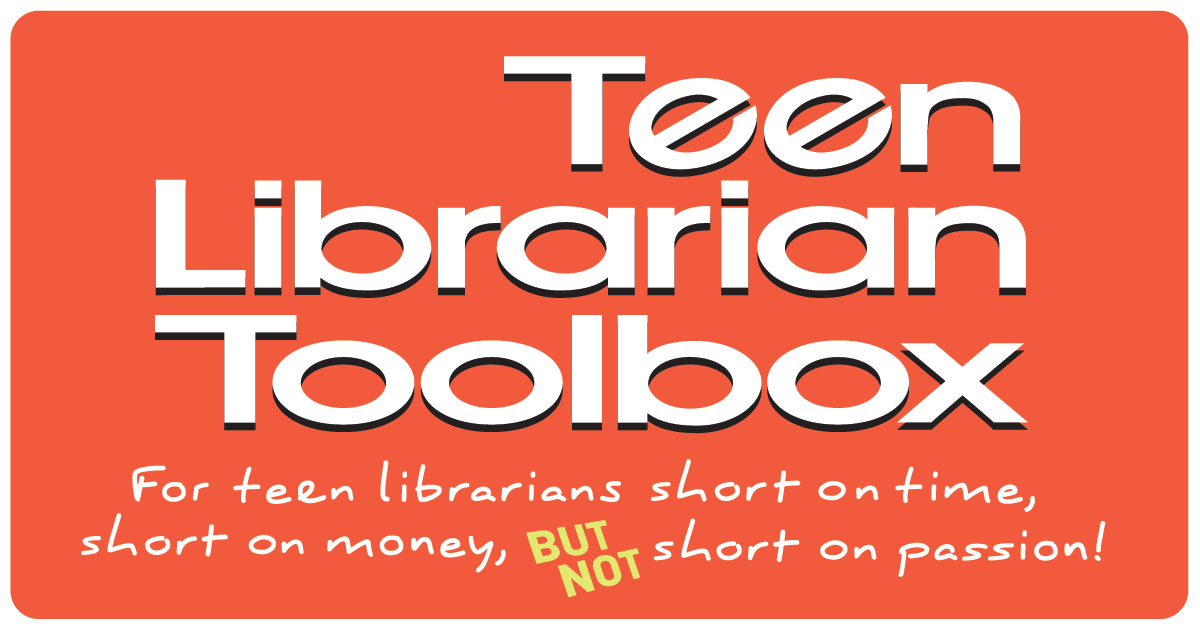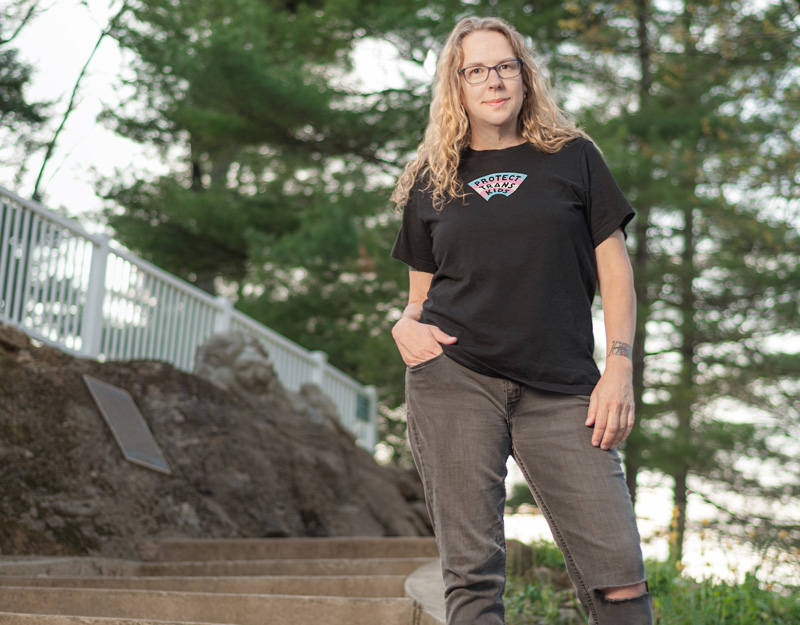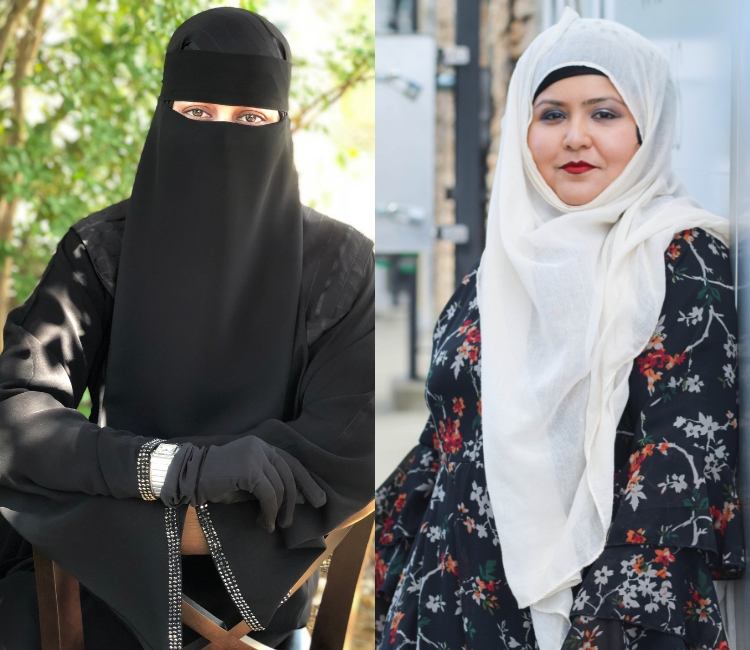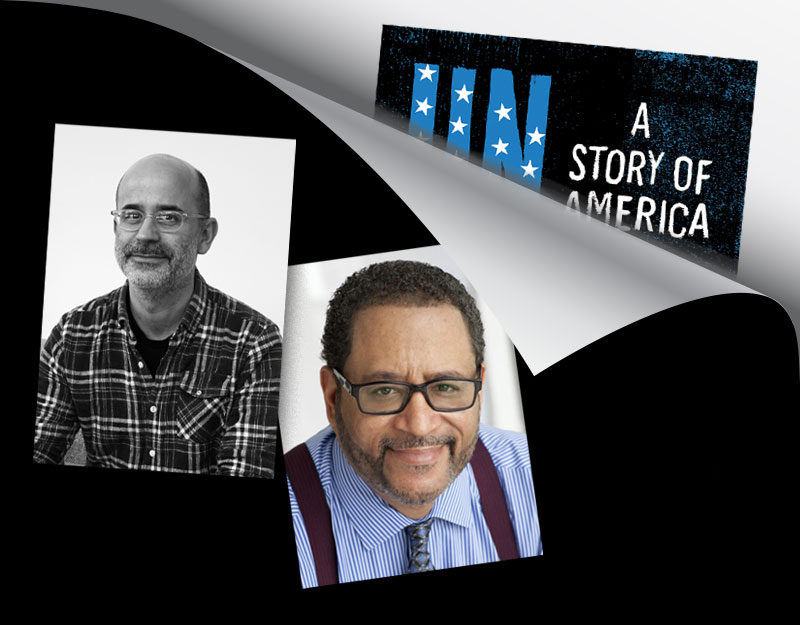The Toughest “Tough Topic” of All, a guest post by Barbara Dee
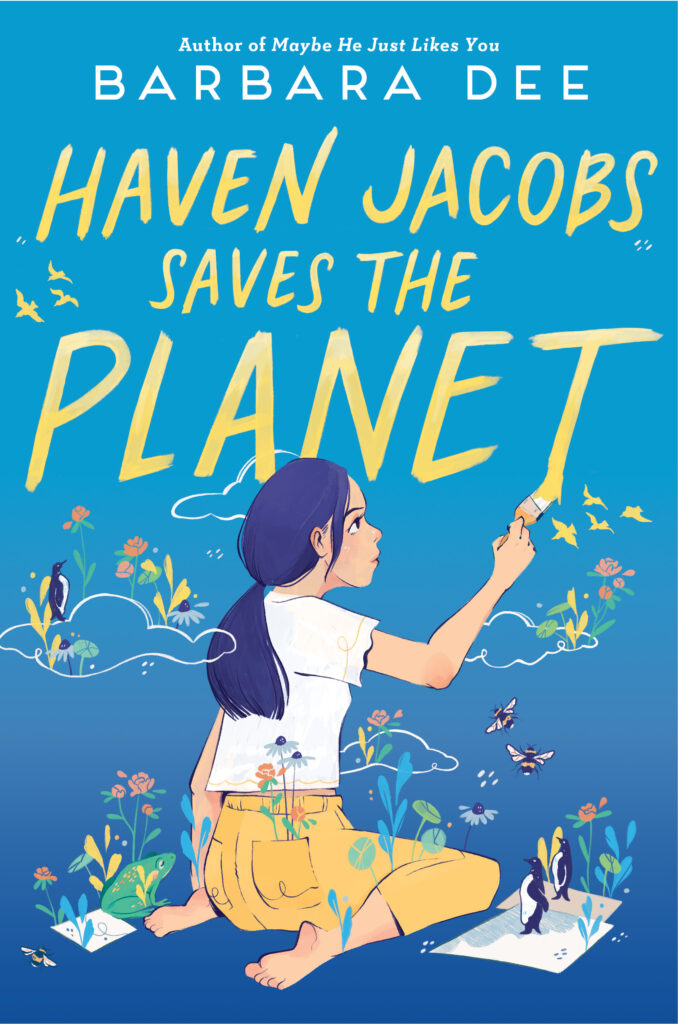
Every book you write has its own special challenges.
For Violets Are Blue, my challenge was to create a protagonist who witnessed her mom’s addiction without fully processing what she was seeing.
For My Life in the Fish Tank, my challenge was to construct a narrative with a fractured chronology that would be coherent to a middle grade reader.
For Maybe He Just Likes You, my challenge was to write about sexual harassment in a way that felt authentic but age-appropriate.
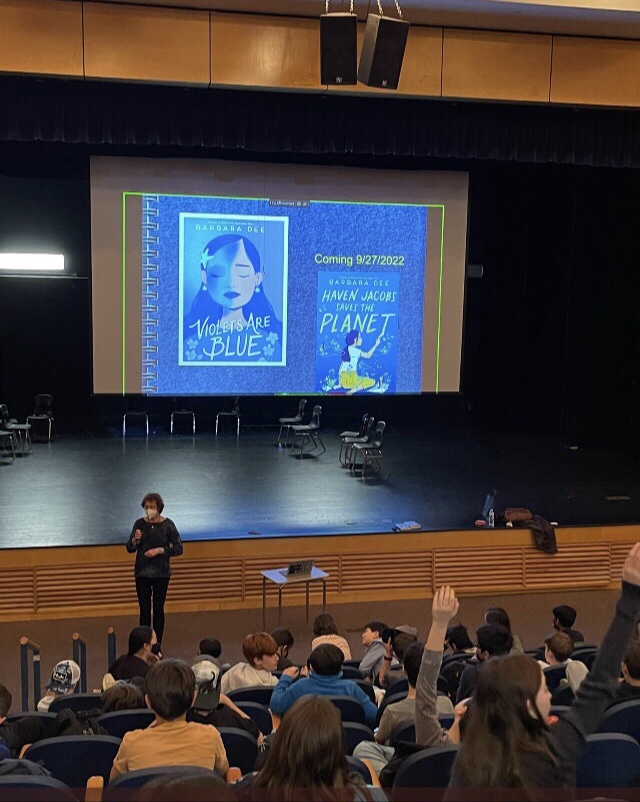
My latest middle grade novel, Haven Jacobs Saves the Planet, presented my biggest challenge yet: to write a story about a middle schooler’s anxiety about the climate crisis– the most monumental “tough topic” of our lifetime—and make it both entertaining and accessible to kids.
As I struggled with a first draft of the first few chapters, I realized that this book couldn’t be exclusively about the climate crisis. My approach to writing about “tough topics” is to aerate them, to allow the middle grade reader room to breathe. I typically include several other threads–subplots about friendships, crushes, school and family—and it was especially important to do that here, I thought, not only to keep the topic from becoming overwhelming, but also to keep it relatable, specific, grounded in the everyday. After all, no kid’s life is just about one thing, one topic, all day long. Even a kid laser-focused on saving the planet still has to deal with middle school social drama and homework.
ADVERTISEMENT
ADVERTISEMENT
So as Haven freaks out about the ice melting underneath penguins in the Antarctic, she’s simultaneously freaking out about unstable relationships with her peers—friends, allies, frenemies, enemies, even her brother. This sort of two-track plot felt right to me, because for many middle schoolers, the social world can feel as precarious as melting ice.
Another thing I realized was that even though the focus would be on Haven’s “eco-anxiety,” it was important not to portray her as a passive victim of the climate crisis. I couldn’t make her cowering in her bedroom, biting her nails for almost 300 pages, because that sort of portrayal would wear thin pretty fast.
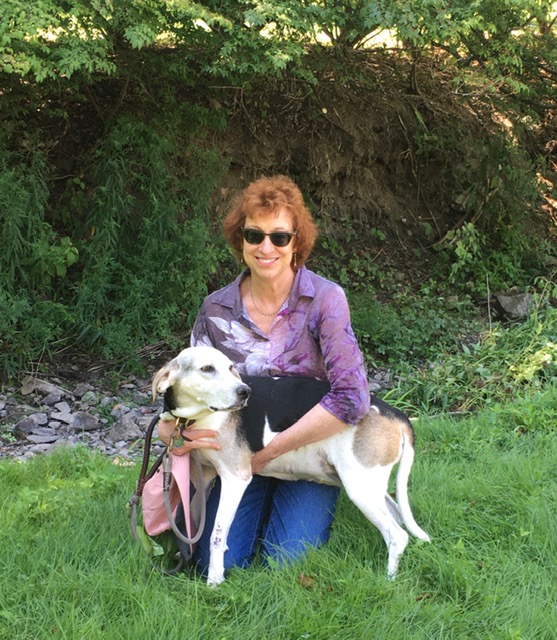
I decided to make Haven the opposite of passive—a doer who’s frustrated that there’s no obvious thing for her to do. She doesn’t want to waste time with typical middle school projects like bake sales, car washes and petitions, but what are her alternatives? How can she do something for the planet “that actually matters”? And how could I depict that effort without overstating what one middle schooler might realistically achieve? Haven flails around a lot–and when she ultimately succeeds, it happens in a way she doesn’t expect, showing her that there are many paths to making meaningful change.
Haven Jacobs Saves the Planet threw some other big challenges my way. This is a story about science, and I had to communicate that science in a way that was both comprehensible to middle schoolers and also dramatic enough to keep their interest. As I interviewed several educators who conduct regular stream studies with students, I learned not only about scientific methodology, but also how seventh graders behave as they collect data. I decided to use some of that behavior–the splashing and roughhousing, the drama that ensues with pairing up—in the chapters about Mr. Hendricks’ class analyzing the Belmont River.
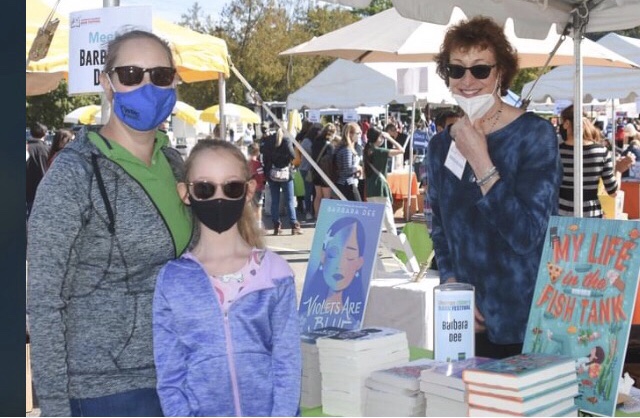
Of course, my biggest challenge was the ending. I always try to end my books on a hopeful note, whatever the “tough topic”– and because Haven’s eco-anxiety is shared by many kids, I knew it was especially important to do that here. Although how can you write a hopeful conclusion about the climate crisis? I never want to over-resolve a book’s conflicts, or sacrifice authenticity on the last page. Still, didn’t Haven and her friends deserve a final chapter that somehow validated their efforts? And also left kids with some degree of optimism about the future?
Finally I came up with one detail—a small but hugely significant thing. I hope that when readers close Haven Jacobs Saves the Planet, they’re smiling. Most of all, I hope they feel inspired to fight—and keep fighting– for the future of our beautiful, vulnerable planet.
Meet the author

Barbara Dee is the author of twelve middle grade novels including Violets Are Blue, Haven Jacobs Saves the Planet, My Life in the Fish Tank, Maybe He Just Likes You, Everything I Know About You, Halfway Normal, and Star-Crossed. Her books have earned several starred reviews and have been named to many best-of lists, including The Washington Post’s Best Children’s Books, the ALA Notable Children’s Books, the ALA Rise: A Feminist Book Project List, the NCSS-CBC Notable Social Studies Trade Books for Young People, and the ALA Rainbow List Top Ten. Barbara lives with her family, including a naughty cat named Luna and a sweet rescue hound named Ripley, in Westchester County, New York.
https://www.instagram.com/barbaradeebooks/
https://www.facebook.com/Barbara-Dee-125059416673
About Haven Jacobs Saves the Planet
From critically acclaimed author Barbara Dee comes a middle grade novel about a young girl who channels her anxiety about the climate crisis into rallying her community to save a local river.
ADVERTISEMENT
ADVERTISEMENT
Twelve-year-old Haven Jacobs can’t stop thinking about the climate crisis. In fact, her anxiety about the state of the planet is starting to interfere with her schoolwork, her friendships, even her sleep. She can’t stop wondering why grownups aren’t even trying to solve the earth’s problem—and if there’s anything meaningful that she, as a seventh grader, can contribute.
When Haven’s social studies teacher urges her to find a specific, manageable way to make a difference to the planet, Haven focuses on the annual science class project at the local Belmont River, where her class will take samples of the water to analyze. Students have been doing the project for years, and her older brother tells her that his favorite part was studying and catching frogs.
But when Haven and her classmates get to the river, there’s no sign of frogs or other wildlife—but there is ample evidence of pollution. The only thing that’s changed by the river is the opening of Gemba, the new factory where Haven’s dad works. It doesn’t take much investigation before Haven is convinced Gemba is behind the slow pollution of the river.
She’s determined to expose Gemba and force them to clean up their act. But when it becomes clear taking action might put her dad’s job—and some friendships—in jeopardy, Haven must decide how far she’s willing to go.
ISBN-13: 9781534489837
Publisher: Aladdin
Publication date: 09/27/2022
Age Range: 9 – 13 Years
Filed under: Guest Post
About Amanda MacGregor
Amanda MacGregor works in an elementary library, loves dogs, and can be found on Twitter @CiteSomething.
ADVERTISEMENT
ADVERTISEMENT
SLJ Blog Network
2024 Books from Coretta Scott King Winners
Monster Befrienders and a Slew of Horror/Comedy: It’s a Blood City Rollers Q&A with V.P. Anderson & Tatiana Hill
Monkey King and the World of Myths: The Monster and the Maze | Review
Parsing Religion in Public Schools
ADVERTISEMENT

